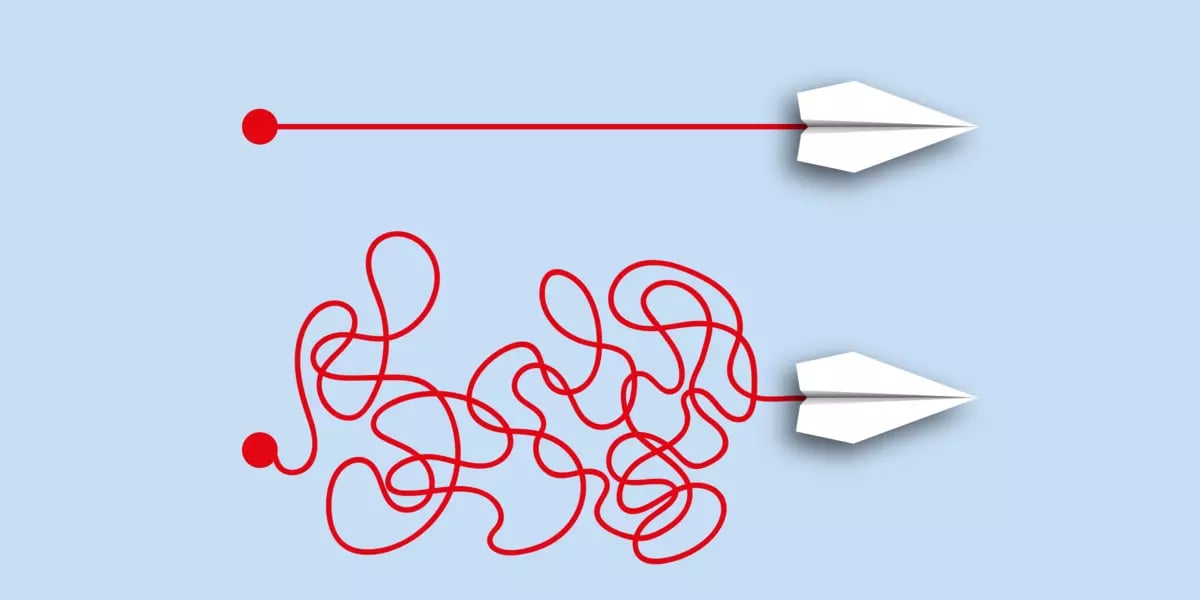Supply chains across the world are evolving and growing as businesses look for more and more efficient ways to get goods from factories to warehouses, and from there into trucks and vans that will take them to their final destinations. Along the way, complex processes have to be employed to keep the right products moving to the right place at the right time, often passing through multiple different intermediaries. The complex nature of supply chains affects both profit margins and one's ability to build lasting loyalty among consumers.

Companies are always finding ways to streamline their supply chain processes. Global brands are now venturing into directly supplying their orders to their customers in order to have more control over customer satisfaction. This means eliminating "middlemen" in the new digital era by using a direct dispatch supply chain approach.
What Is a Direct Dispatch Supply Chain?
There was a time when global brands depended on their distribution partners to sell their products. But times change, and companies are now shifting to a direct dispatch supply chain to gain more control over their distribution. The rising popularity of e-commerce makes it possible for firms to set up their online stores and deliver their goods directly to customers.
A direct-to-consumer distribution channel, or DTC, for short, is a delivery model where manufacturers deliver their products directly to customers. The DTC delivery design reduces both storage and transportation costs for manufacturers while adding a layer of complexity to the overall supply chain process.
Brands are carefully weighing the advantages and disadvantages of direct distribution, as more consumers vote with their dollars for this fulfillment model. A Forbes report showed that more than a third of consumers prefer to buy directly from the manufacturers' online platform. And larger manufacturing companies are expected to adapt and adjust to the direct dispatch benefits and related risks in coming years due to consumer preference.
What Is an Example of Direct Distribution?
Businesses eager to understand the direct distribution method would do well to study some larger brands' DTC execution.
For example, in 2018, Nike announced its Consumer Direct Offense, which allowed the company to announce and reveal product offerings straight to consumers on a large scale through an online portal they controlled. The shoe and athletic wear manufacturer has typically sold their products through retail chains but made the shift to direct distribution two years ago. Nike expects to source 80% of its revenue growth via DTC in 2020 going forward.
Other global brands have already ventured into direct distribution. For example, cosmetics giant L'Oreal, who until recently relied on their retailers, reported a 33% increase in their online sales in 2016. By 2018, online selling accounted for 17.6% of the company's overall business.
Why Do Companies Choose DTC?
There are advantages and disadvantages of indirect distribution channels. But for many organizations, the downsides of indirect distribution affect their profit margins so significantly that they must shift to the DTC approach.
Indirect distribution requires the use of middlemen, which prohibits companies from getting closer and establishing more personal brand relationships with their customers. On the other hand, direct distribution allows manufacturers to communicate directly with patrons, gathering invaluable insights and behavioral data from them, all in the spirit of better service. This, however, doesn't mean that brands will stop using retailers altogether in the future. But in the interest of getting more insights to garner a more significant share of the market, brands are seizing the opportunity to gain unprecedented visibility and control of relationships with their customers.
The changing landscape of retail, along with advances in delivery logistics software, is providing opportunities for companies to experiment with new distribution channels, understand their markets better, and solidify more stable relationships with their customers. And in the coming years, consumers can expect more of their favorite brands to offer their wares through direct eCommerce platforms.